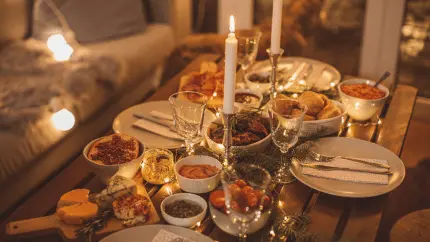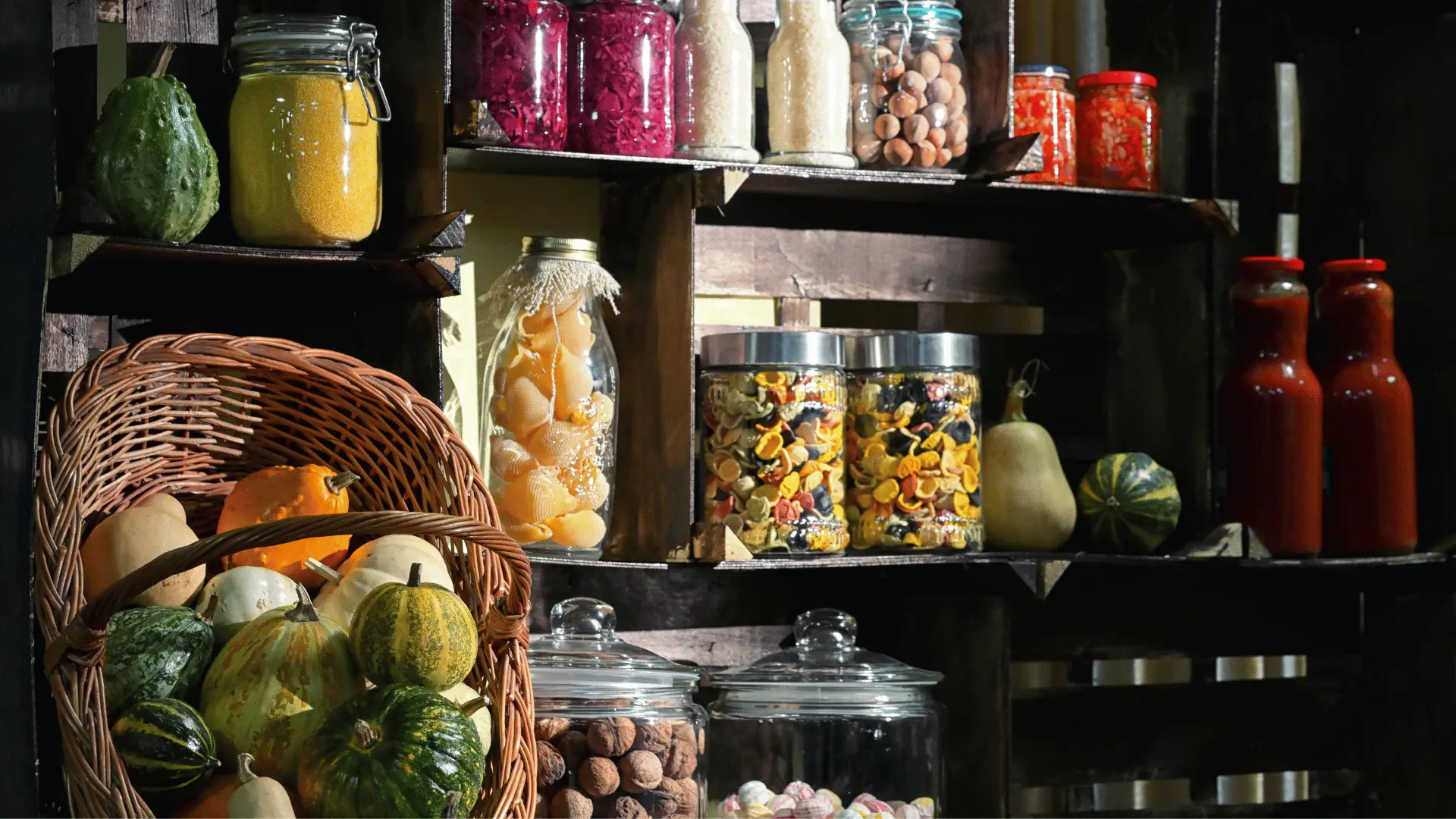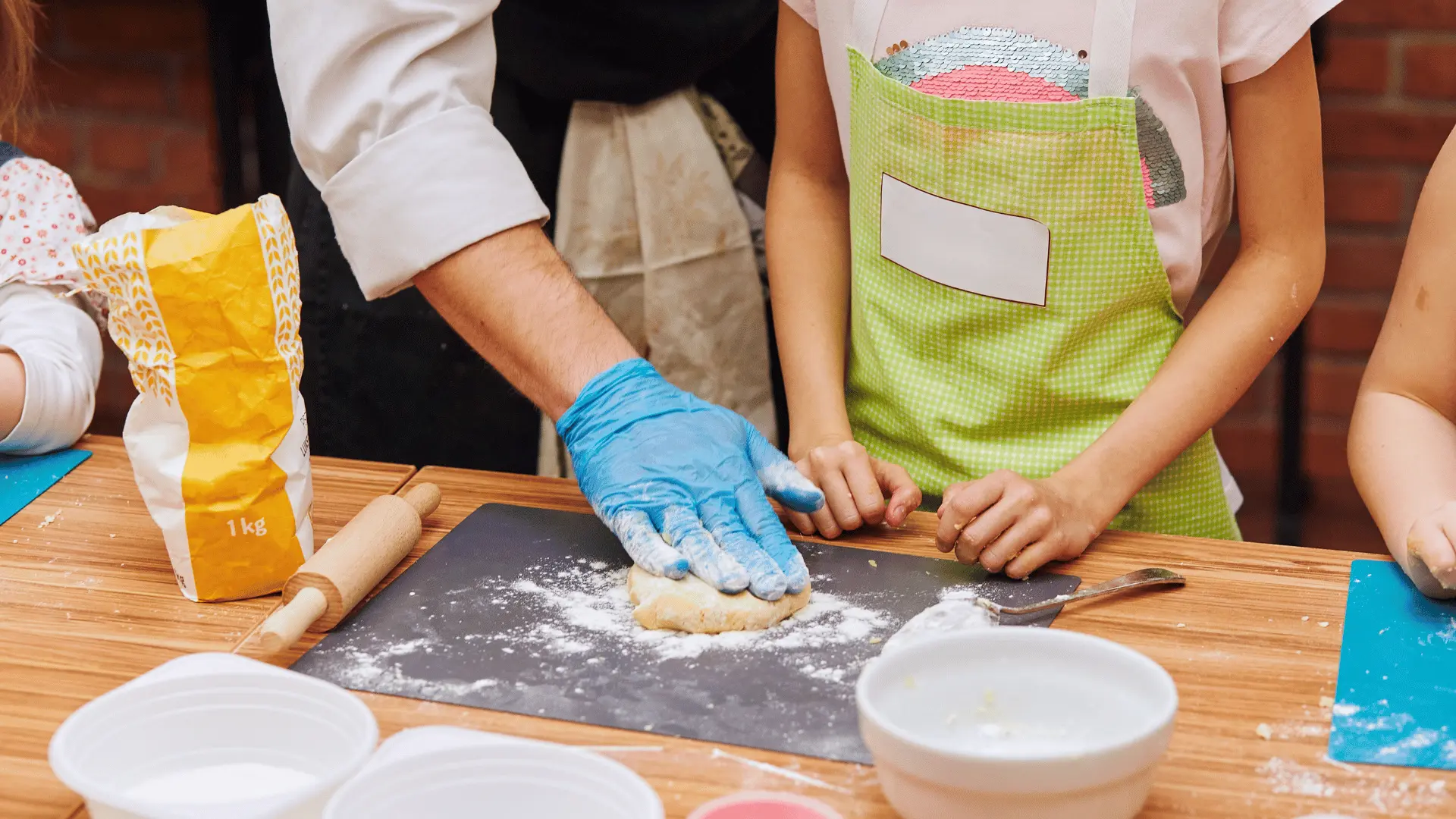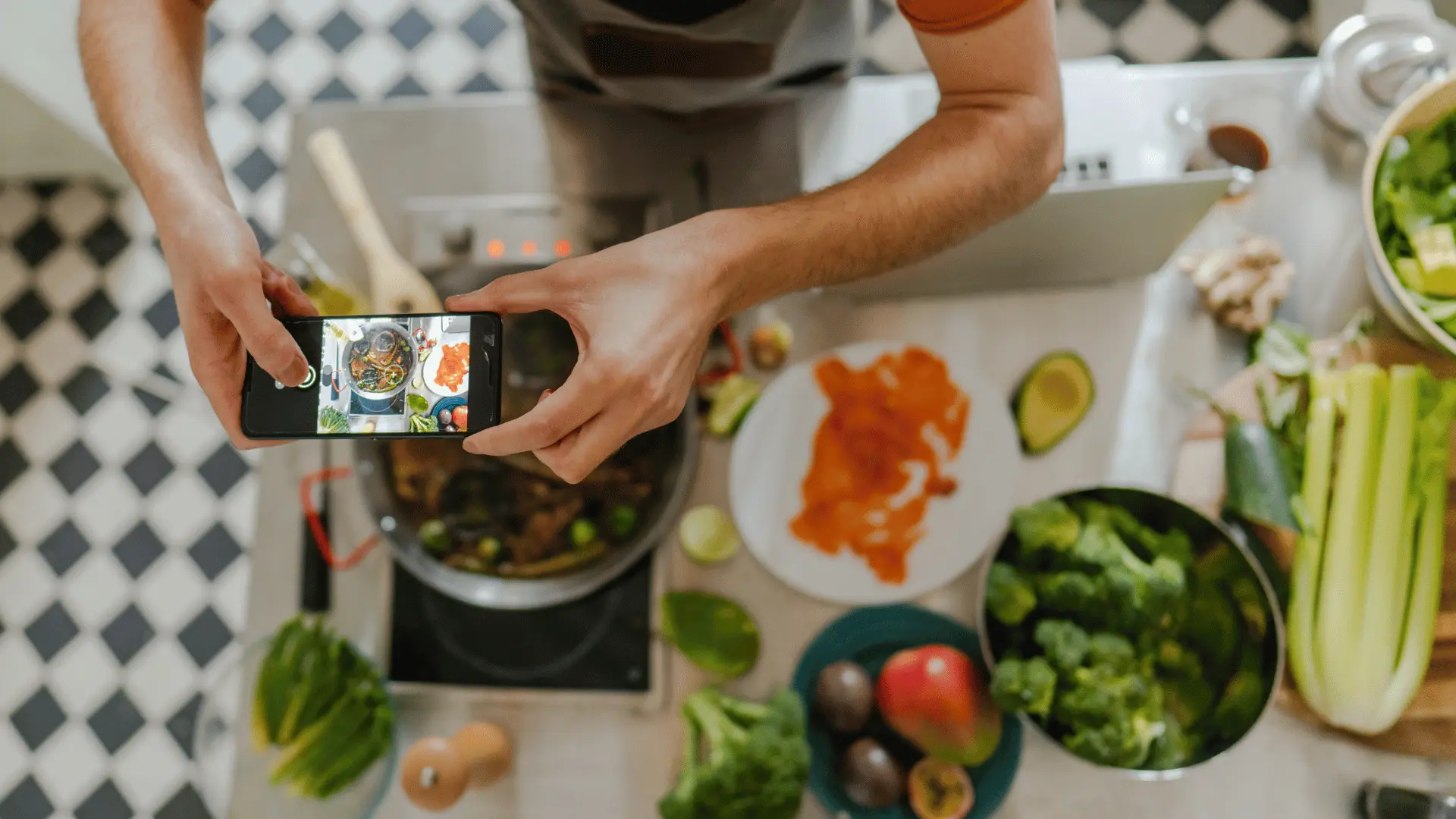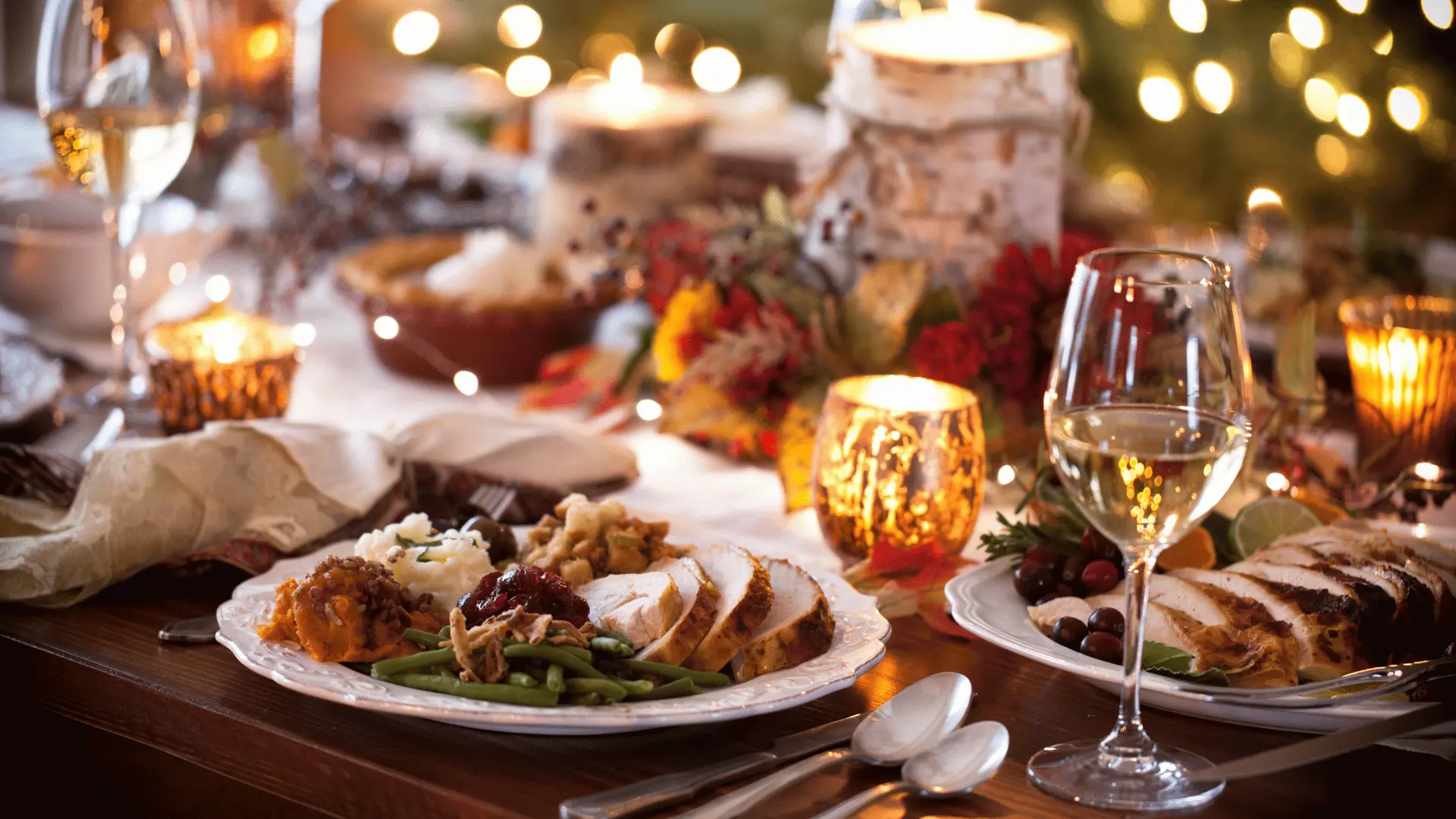
How to Turn Old Family Recipes into a Digital Cookbook
Every family has its own culinary legends. Maybe it’s your grandmother’s chicken soup, thick with noodles and love. Or your dad’s weekend chili that could win a cook-off but was really just made for Sunday football. These dishes aren’t just meals—they’re memories. They’re the glue that binds generations, shared through scribbled notes on index cards, grease-stained recipe boxes, or the back of an old church bulletin.
The challenge? Paper fades, memories scatter, and recipes get lost in the shuffle of modern life. That’s where the idea of creating a digital family cookbook comes in—not as a replacement for those treasured scraps of paper, but as a way to preserve, organize, and share them forever.
Why a Digital Cookbook Matters
Let’s be honest: family recipes are more than directions for food. They’re part of our cultural DNA. Each dish carries the fingerprints of history—migrations, traditions, and personal stories. Yet today, those treasures are vulnerable. Paper yellows. Handwriting fades. And if a recipe is tucked away in one relative’s drawer, the whole family risks losing it when that box is forgotten.
Turning those recipes into a digital cookbook ensures they’re safe, accessible, and ready to pass along. Even more, it transforms cooking into a shared family project: kids, cousins, aunts, and uncles can all contribute stories, photos, and tweaks. Instead of a static book on a shelf, you get a living archive of your family’s food legacy.
Step 1: Gather the Recipes (and the Stories)
Every digital cookbook begins with a treasure hunt. Ask around. Who has the old recipe cards? Which aunt has that faded binder? Is there a cousin who typed a few up on Word back in the ’90s? Don’t just stop at the recipes themselves—dig for the stories behind them. Why was this pie always baked on Sundays? Who taught your grandfather to make that sauce?
- Collect widely: Recipes might live in drawers, boxes, photo albums, or even old text messages.
- Ask questions: Use the opportunity to interview family members. Ask when they first made the dish, who they learned it from, and what memories come with it.
- Think beyond paper: Family recipes are sometimes spoken, not written. Record audio or video clips of relatives sharing their instructions aloud.
This process isn’t just practical—it’s a way of reconnecting. Often, the story matters as much as the ingredients.
Step 2: Preserve the Originals
Before you digitize, honor the handwriting. Photograph or scan each recipe card, notebook page, or newspaper clipping. Those flour smudges and grease spots? They’re part of the charm, physical reminders that this recipe was lived in, cooked with, loved.
By saving the original images, you make sure future generations can see the exact loops of grandma’s cursive or the block letters your dad scrawled in a hurry. You’re not just archiving food—you’re preserving personality.
Step 3: Choose the Right Platform
Here’s where the chef in me hands the whisk to the marketer. Organization matters. A digital cookbook is only useful if it’s easy to navigate, easy to share, and flexible enough to grow over time.
Unlike a static PDF or a spreadsheet, Recipe Memory lets you upload recipes, photos, and even family stories into one central hub. You can sort by course, ingredient, or even occasion—perfect for when you want to pull up every recipe tied to Thanksgiving or every dessert that has stood the test of time. The platform also allows for collaboration, so your cousin in another state can add her memories or your niece can upload a photo of the cookies she just baked from grandma’s recipe.
Step 4: Add Flavor With Media
Recipes on paper are beautiful, but recipes in motion come alive. When digitizing, consider adding layers of memory that go beyond ingredients:
- Photographs: Include snapshots of the original recipe cards, plus photos of the dish itself.
- Audio: Capture a family member reading the recipe aloud—it’s like bottling their voice.
- Video: Record a cooking session, whether it’s your uncle rolling out pasta or your kids frosting cupcakes.
- Stories: Add anecdotes about holidays, celebrations, or even recipe mishaps (because those are often the best memories).
By layering media, your digital cookbook becomes more than a list of meals. It’s a family documentary, one page at a time.
Step 5: Organize and Share
Once your recipes are uploaded, think about how to structure them. Categories like “Main Dishes,” “Desserts,” or “Holiday Specials” make browsing intuitive. But you can also get creative—organize by storyteller, decade, or family branch. Want to know what your great-grandparents ate in the 1940s? You’ll have it at your fingertips.
Then comes the best part: sharing. With Recipe Memory, you don’t need to wait until a family reunion. Send relatives a link and invite them in. You can even give each person their own login to add and comment, turning the cookbook into a collaborative, living heirloom.
The Emotional Impact of a Digital Cookbook
We can’t tell you how many times we’ve seen a recipe bring someone to tears. It’s rarely about the food itself—it’s about the memory it unlocks. When you digitize your family recipes, you’re not just saving instructions. You’re keeping alive the voice of a grandmother, the humor of an uncle, the warmth of a holiday kitchen. You’re ensuring those flavors and feelings can be relived by future generations.
For families spread out across states or countries, a digital cookbook becomes a virtual table. Even when you can’t sit down together in person, you can share a meal from the same page, knowing you’re all stirring the same pot from miles apart.
Practical Benefits Beyond Nostalgia
Yes, the emotional value is immense. But let’s not forget the practical perks of a digital family cookbook:
- Searchability: No more digging through shoeboxes—type in an ingredient and pull up every recipe that uses it.
- Durability: Fire, water, or time can’t erase a cloud-stored recipe.
- Collaboration: Family members can continuously add recipes and memories, keeping the collection fresh.
- Convenience: Whether you’re at the store or in the kitchen, you can access recipes on your phone, tablet, or laptop.
Key Takeaway
Turning your old family recipes into a digital cookbook is not just a tech project—it’s an act of love. It preserves the flavors, voices, and stories that define your family. It ensures that those grease-stained cards and whispered instructions don’t vanish with time, but instead live on as a vibrant, shareable archive for generations to come.
With Recipe Memory, you can blend tradition with technology, creating a digital family cookbook that feels as warm as the meals themselves. After all, food has always been about connection. This way, the recipes—and the love baked into them—never get lost.
Love what you’re reading?
Join Recipe Memory today to save your favorite recipes, plan meals with ease, and create smart grocery lists ...all in one place.
